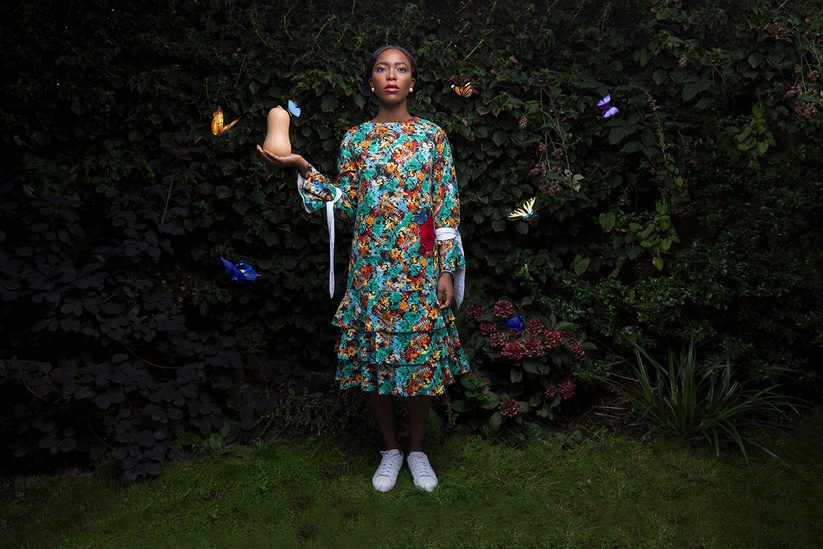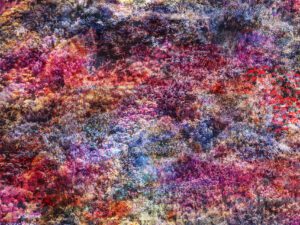“In June of 1863, two years after Lagos Island was ceded to the British Empire by King Dosumu under the threat of bombardment, what would become the West African Frontier Force (WAFF) was formed,” explains Olufemi Olaiya, a Nigerian-born photographer based in Portsmouth, UK, who works between the fields of architecture and fashion (above). “Who would have imagined that 30 men would grow into a formidable fighting force, which, 50 years later, would be called upon by the British Empire to fight in three different European wars? Many of these brave Nigerian soldiers left their families and loved ones to heed the call of the Empire. For many, it would be their last trek, fight or expedition. They did this for the sake of the Empire but, most importantly, for their family, communities and nation.”


The Triumphant is Olaiya’s tribute to these individuals. It’s a surreal, dreamlike and playful studio portrait series that is as visually captivating as it is meaningful. The body of work is about recognising the WAFF’s devotion and the profound legacy it has left. These people had – and continue to have – an impact on generations of people the world over. Natural elements, like flowers and cloud-filled skies, are brought indoors. Bright red and yellow uniforms pop against checkerboard floor tiles. The backdrop brings to mind Sanlé Sory’s Volta Photo studio in Burkina Faso – an iconic location in the history of portraiture.

The Triumphant is an extension of a previous body of work, titled The Unsung (above). Olaiya was inspired by seeing Portsmouth’s D-Day75 commemorations, for which a re-enactment of British troops marched through the streets. He wanted to bring attention to the sacrifice made by soldiers of the British African Colonial units, including the King’s African Rifles, during WWI and WWII. “Regardless of their culture, belief and religion; these people fought as one alongside other troops and volunteers to protect the British Empire and its interests. Most importantly, they fought for their motherland. Despite this, they are rarely spoken of. It’s crucial for us to keep their memory alive: to learn about them and share their stories.”


These images are part of a wider movement by contemporary creatives to redress the balance of history, how it is packaged and how it is told. Omar Victor Diop (b. 1980), whose work is on view right now at Fotografiska, Berlin, is a Senegalese visual artist who uses self-portraiture to highlight Black histories that have been overlooked by Eurocentric societies. He pays homage to trailblazing African figures like Malik Ambar (1549- 1626), Dom Nicolau (c. 1830-1860) and Frederick Douglass (1818-1895). Likewise, Kehinde Wiley (b. 1977) has dedicated his career to depicting African Americans – including Barack Obama – in the traditional settings of Old Master paintings; his work is steeped in the history of portraiture and all that it implies about power and privilege. The message of these artists is clear: look further, read wider and you will discover a more just, more accurate, depiction of our shared global history.
olufemiolaiya.com | @olufemicreates
All images courtesy Olufemi Olaiya.
The Triumphant, Model: Lamin Jatta; Assistant: Tosin Adefila; Stylist: Yemisi Olaiya.
The Unsung, Assistant: Tosin Adefila Stylist: Yemisi Olaiya.
Nature’s Movement, Designer: Semande (Yemisi Olaiya); Model: Tinuke Adefila; MUA: Tosin Adefila.





